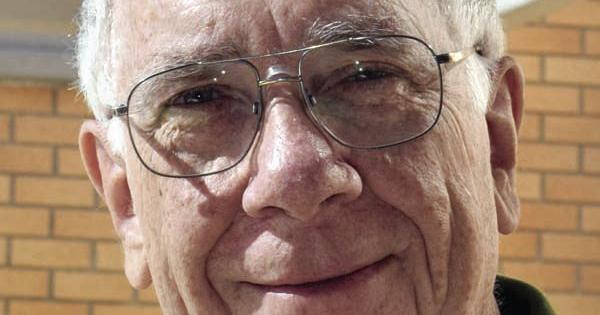
An optical telescope with a mirror thirty metres in diameter is being built. Also under construction is the largest radio telescope in history.
This need for increasing size comes from our desire to study the very earliest observable history of the universe. This means observing objects more than 13 billion light years away. Objects lying at such distances are extremely faint and any radio emissions reaching us from them very weak.
Until recently, the optical telescope with the largest mirror was the Hale Telescope on Mount Palomar, which has a mirror 200 inches (over 5 metres) in diameter. This was about the biggest mirror achievable at the time with available technologies and materials.
As the telescope changes position, the mirror sags and flops. This was minimized by making the mirror very thick. However, this makes it heavier, making the flopping and sagging forces larger.
Eventually a point is reached where adding more material makes the situation worse. About 5 metres seems to be the largest we can make mirrors in single pieces that will stay in shape.
The great leap forward that makes it possible to build telescopes with bigger mirrors came about due to advances in computer control technology. Today we can make mirrors thinner, which makes them lighter and easier to mount. This means they will be very floppy.
However, in the new telescopes, behind the mirror is a large number of computer-controlled actuators. If the mirror flops or sags, the actuators push or pull it back into shape again.
As the telescope looks around the sky, the changing sags and flops are continually corrected.
Thanks to this technology, if a mirror is too big to make in one piece, we can make it in sections, all individually controlled with clusters of actuators. These developments have made it possible to start construction of a really large optical telescope, one with a mirror thirty metres in diameter.
Most of the older radio telescopes are large, single dishes. The bigger the dish, the greater the sensitivity and the more detail it can map.
Those instruments just told us the strength of the radio emissions from a particular point in the sky; we made images by scanning the antenna around the region of interest. It is hard to build a single dish bigger than about 300 metres.
However, we can make larger radio telescopes out of lots of smaller ones. The ability to sense detail depends on the size of the cluster of antennas, and the sensitivity is set by the total signal collecting area of all the antennas.
These array radio telescopes can be used to make images using a process called “aperture synthesis”, a process pioneered in the United Kingdom and Australia. The main instrument at our observatory is a seven-antenna radio telescope, which uses this technique.
An array of 512 tightly clustered 6m radio dishes is under development at our observatory, it will resemble the eye of a giant fly.
An international project is under way build a radio telescope comprising thousands of small dishes, with a total signal collecting area of about a square kilometre.
In principle the maximum size we can now achieve with a radio telescope is the amount of the Earth's surface where we can see the same cosmic objects at the same time.
Actually, recent experiments showed that we can add spaceborne antennas to ground-based arrays of telescopes, giving us radio telescopes bigger than the Earth!
We will be depending on these technologies to deal with the tsusami of data these new instruments will raise: how can we archive, process, access and search it?
—————
After sunset, Saturn lies low in the southwest, Jupiter higher in the south and even higher in the southeast. Venus lies very low in the sunset glow. The Moon will reach First Quarter on the 14th.
Ken Tapping is an astronomer with the National Research Council’s Dominion Radio Astrophysical Observatory in Penticton.
https://news.google.com/__i/rss/rd/articles/CBMiVWh0dHBzOi8vd3d3LnBlbnRpY3RvbmhlcmFsZC5jYS9saWZlL2FydGljbGVfMDM5N2RmZDgtOGQ1OC0xMWVkLTg0MTYtMGZjMjRiNjc1M2E0Lmh0bWzSAQA?oc=5
2023-01-06 14:30:00Z
CBMiVWh0dHBzOi8vd3d3LnBlbnRpY3RvbmhlcmFsZC5jYS9saWZlL2FydGljbGVfMDM5N2RmZDgtOGQ1OC0xMWVkLTg0MTYtMGZjMjRiNjc1M2E0Lmh0bWzSAQA
Tidak ada komentar:
Posting Komentar